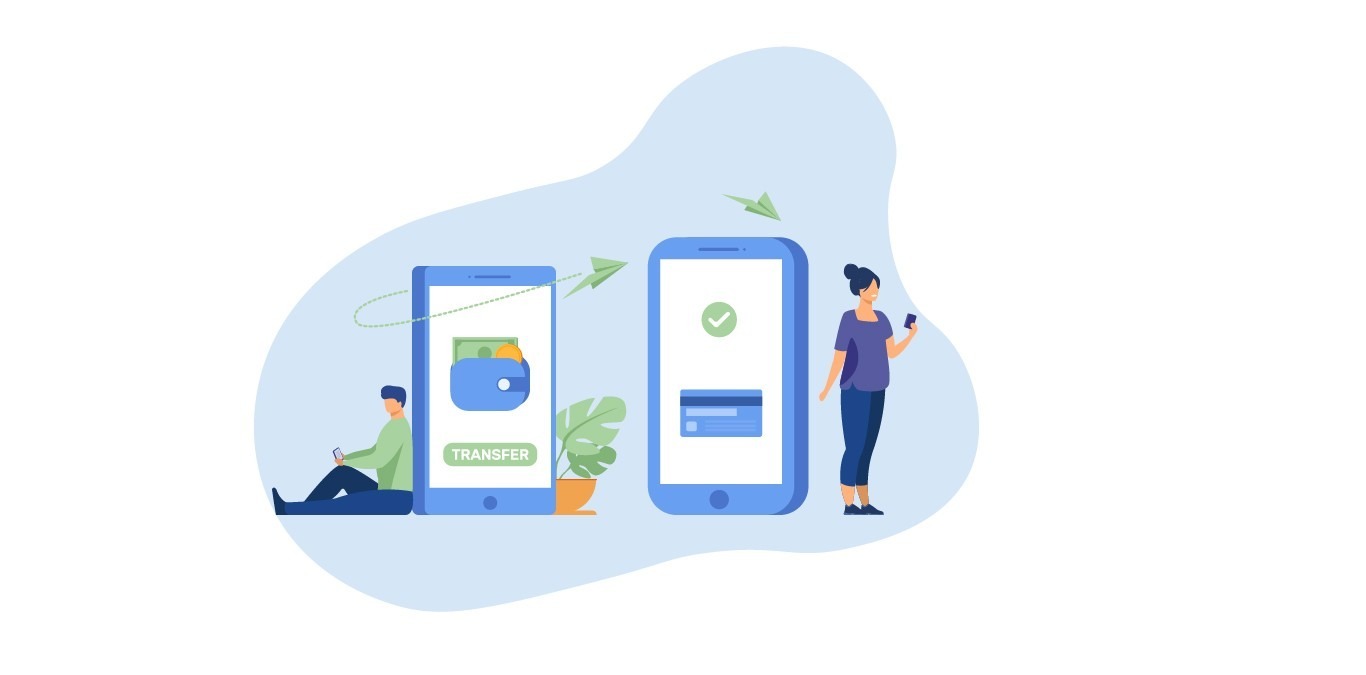Welcome to our new series on the evolution of banking and finance in India. In the first part of the series, we\’ll look at how humble bank branches were (partially) replaced by online banking. While bank branching still continues in a big way, several functions are done online.
|
Banking – Then |
Banking – Now |
|
Source: One India website |
Source: Paisa Bazaar Website |
Till 1-2 decades back, people were accustomed to going to the bank to get passbooks updated, withdraw/deposit cash, start/terminate FDs/RDs, apply for a loan, etc. In fact, for many pensioners, it was a nice way of socializing and meeting people of their age. While pensioners still love to do their banking at the branch, several others are adapting to the online way of banking.
So let us take a look at what is online banking and how it has changed the way we bank
Online Banking in India
Online banking is a method of banking in which transactions are conducted electronically over the internet. They are done on a secured website operated by the concerned bank or institution. The operations are conducted through smartphone or laptop/desktop. Online banking is also called:
- Net Banking
- E-banking
- Digital banking
- Virtual banking
- Internet Banking
Online banking allows customers to do the following tasks anytime from anywhere:
- Check account balance
- Pay bills
- Transfer money
- Apply for loans
- Make / liquidate FDs/RDs
- Managing credit/debit cards
Online banking as we see it today has gradually evolved from the early days of phone banking and slow internet banking. Let us take a look
History of Online Banking in India
The first experiment in online banking (not the kind we see today) in the world was done by The Bank of Scotland in 1983 when it offered banking services via a TV and a telephone. In India, ICICI Bank was the first one to launch internet banking in 1998 and also the first one to launch a banking app “iMobile” in 2008. Here is a look at the journey of online banking in India:
|
Year |
Event |
|
1987 |
HSBC introduced ATM services in India in 1987 at Mumbai |
|
1990 |
ECS payment introduced in India by RBI |
|
1998 |
ICICI Bank introduced internet banking for the first time |
|
2001 |
Syndicate Bank introduced Core Banking Solution for the first time in Bengaluru |
|
2002 |
SMS banking started |
|
2008 |
ICICI Bank introduced its mobile banking app for the first time — iMobile in 2008 |
|
2010 |
IMPS started |
|
2016 |
BHIM UPI Introduced |
Benefits of Online Banking in India
Online banking presents numerous advantages to banks, customers, and society at large.
For customers,
- It provides ease of banking from a remote location
- 24×7 availability
- Transactions are faster since processes are instantaneous
- Actions such as EMIs and bill payments can be automated
- Competition leads to better rates for customers – higher for FDs and lower for loans
For banks,
- Reduced operating overheads
- Manual errors are reduced
- Maintaining records is easier
- Chances of fraud are reduced
For the economy,
- Reduces the amount of cash in circulation and hence reduces counterfeiting
- Reduces paper wastage, which is good for the environment
- Increases competition between banks, resulting in better services and rates
|
For Customers |
For Banks |
For the economy |
|
24×7 ease of banking from a remote location |
Reduced operating overheads
|
Reduces the amount of cash in circulation and hence reduces counterfeiting |
|
Faster Transactions |
Manual errors are reduced |
Reduces paper wastage, which is good for the environment
|
|
Automated EMIs & Bill Payments |
Maintaining records is easier |
Increases competition between banks, resulting in better services and rates
|
|
|
Chances of fraud are reduced |
|
Recent experience in advanced countries
The trend of digital banking is forcing many global banks to shut their branches in recent times. Given highly efficient online operations and the reluctance of customers to walk into branches for physical banking, there is a case for banks to reduce their flab and cut costs. Following are some examples
Santander Bank, a part of the Spanish Santander Group, has announced that it will shut 111 branches in the UK through August 2021. After August 2021, Santander will have a total of 452 branches across the UK, less than half of the number it had in 2015. This is a 20% cut in the number of branches it had in Britain earlier. Following are the reasons that the bank has given for reducing physical presence:
- The COVID-19 pandemic accelerated preference away from in-person banking to digital methods.
- In the two years leading up to the Covid-19 outbreak, transactions undertaken within Santander branches fell by 33%. In 2020, largely due to coronavirus, they fell by a further 50%.
- Nearly two-thirds of overall transactions are now digital, with mobile and online transactions growing by 20% every year.
UK banks who took a similar route recently are:
- TSB will close 155 branches in 2021, leading to a 46% reduction in branch footprint in two years.
- HSBC to close 82 branches in the UK by September 2021.
- Co-operative Bank reduced 18 branches in 2020, amounting to a 25% branch reduction.
The rate of branch reduction in the USA is even greater as seen in the picture below:
Source: S&P Global
Extinction of bank branches possible? Here’s a perspective
- A study by USA-based Self-Financial states that bank branches could be extinct by 2034 if current footprint reduction trends continue. (Please note that this study is USA-based.)
- The USA had 83,060 branches in 2012, which declined to 77,647 branches in 2018, a loss of 6.5%.
- The rate of branch closure doubled from 0.81% per year between 2012 and 2015 to 1.6% between 2015 and 2018.
- By 2027, there could be 40,000 branches in the USA and by 2030, the number could reduce to 16,000
Only time will tell whether these projections turn out to be true. However, we believe that developed countries will see faster adoption of branch-less banking compared to developing and under-developed countries.
“Hum Saath Saath Hain” for branch and online banking in India
In India, the situation is reversed. Commercial Bank branches per 1,00,000 adults have grown from 8.9 in 2004 to 14.5 in 2019, a growth of 3% CAGR. According to IBEF, out of 6,00,000 village habitations in India, only 5% have a commercial bank branch. This implies that bank branching is here to grow in India.
However, India presents an equally explosive opportunity in digital banking. India’s mobile money accounts grew a staggering 95xs between FY14 and FY19, according to data from Bloomberg.
However, despite this growth, India’s mobile money transactions as % of GDP are still at an abysmally low level of 0.9% (FY19 vs 0.02% in FY15).
To summarize, India provides immense potential for banks to set shop, grow and prosper. Many large business houses are waiting in line to get banking licenses. Branch banking and e-banking both have enormous potential in India, given the level of under-penetration. Banks are in the race to provide the best possible services to clients at competitive rates and faster speeds. The customer is spoilt for choice and has all possible options on his/her fingertips on demand. The Government’s “Digital India” campaign has picked up pace since the advent of e-banking, it has led banking to the hinterlands which were as yet, under-banked.
This story sets the tone for our theme which is the futuristic evolution of the banking sector in India. We have started by telling you how branch and online banking can prosper side-by-side in India for years to come. Next, we will discuss a key aspect that is slowly revolutionizing the banking sector in India – the privatization of PSU banks.
To invest in a portfolio of 20-25 multibagger stocks click here.
How useful was this post?
Click on a star to rate it!
Average rating 0 / 5. Vote count: 0
No votes so far! Be the first to rate this post.
























